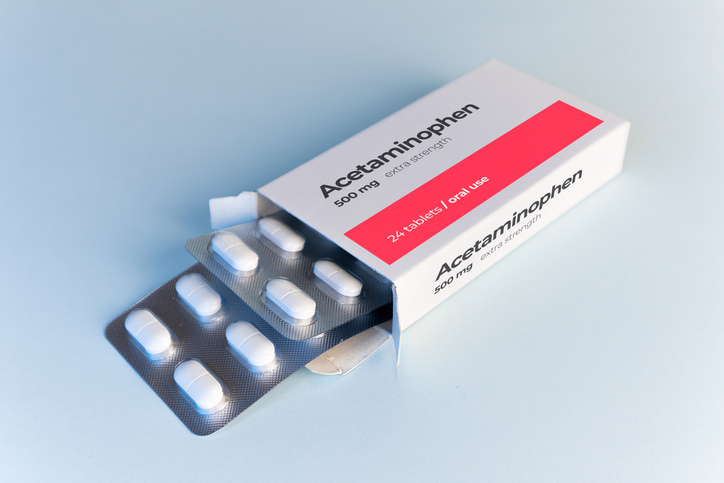
According to a study, canagliflozin was superior to placebo in reducing serum urate concentration in type 2 diabetes (T2D) patients with a history of gout.
“Sodium glucose co-transporter 2 inhibitors have been shown to reduce serum urate concentration. The Canagliflozin Cardiovascular Assessment Study (CANVAS) Program integrated data from two similarly designed, [randomized], double-blind, placebo-controlled trials (CANVAS and CANVAS-Renal) assessing the cardiovascular and renal safety of canagliflozin compared with placebo in patients with type 2 diabetes,” the researchers wrote. “In this post-hoc analysis, we aimed to investigate the effect of canagliflozin compared with placebo on gout in the CANVAS Program.”
The research was published in The Lancet Rheumatology. The CANVAS program randomized T2D patients who had an increased cardiovascular disease risk to either canagliflozin (100 mg or 300 mg) or placebo. For this analysis, canagliflozin was compared to placebo in terms of the effect on serum urate concentration through mixed linear models, and the presence of a gout flare-related adverse event (AE) or initiation of a gout drug was evaluated through Kaplan-Meier analysis with Cox proportional hazards models, used to calculate a hazard ratio (HR) and 95% confidence intervals (CIs).
A total of 10,142 patients were included in this analysis. The mean age (SD) at baseline was 63 (8) years, more than a third of patients (n = 3,633, 36%) were female, mean serum urate concentration was 348.9 (95.5) μmol/L, and 5% of patients (n = 471) had gout history. Patients were followed for a mean (SD) 3.6 (2.0) years.
Patients who received canagliflozin had a mean serum urate concentration level −23·3 μmol/L (95% CI, –25.4 to –21.3 μmol/L) lower compared to placebo patients—a 6.7% serum urate reduction (percentage difference, –6.7%; 95% CI, –7.3% to –6.1%). Gout flare occurred in 80 patients during follow-up, and 147 initiated a drug for gout. The canagliflozin patients were less likely to experience a gout flare or require gout treatment compared to the placebo group (HR=0.53; 95% CI, 0.40–0.71; P<0.0001).
“The proportional reduction for gout flare adverse events (2·0 patients with an event per 1000 patient-years in the canagliflozin group vs 2·6 patients with an event per 1000 patient-years in the placebo group; 0·64, 95% CI 0·41–0·99; p=0·046) was similar in size to that for commencement of a drug for gout (3·3 vs 5·4 patients with an event per 1000 patient-years; 0·52, 0·38–0·72; p<0·0001) and hyperuricaemia (1·8 vs 2·5 patients with an event per 1000 patient-years; 0·59, 0·37–0·93; p=0·023),” the researchers added.
The study authors recommended that a future study be conducted dedicated specifically to evaluate the impact of sodium glucose co-transporter 2 inhibition on gout.







 © 2025 Mashup Media, LLC, a Formedics Property. All Rights Reserved.
© 2025 Mashup Media, LLC, a Formedics Property. All Rights Reserved.